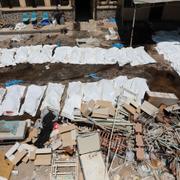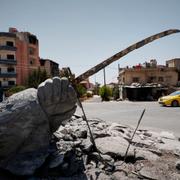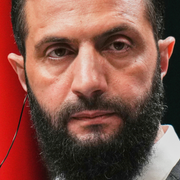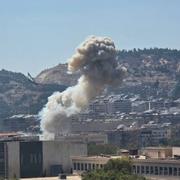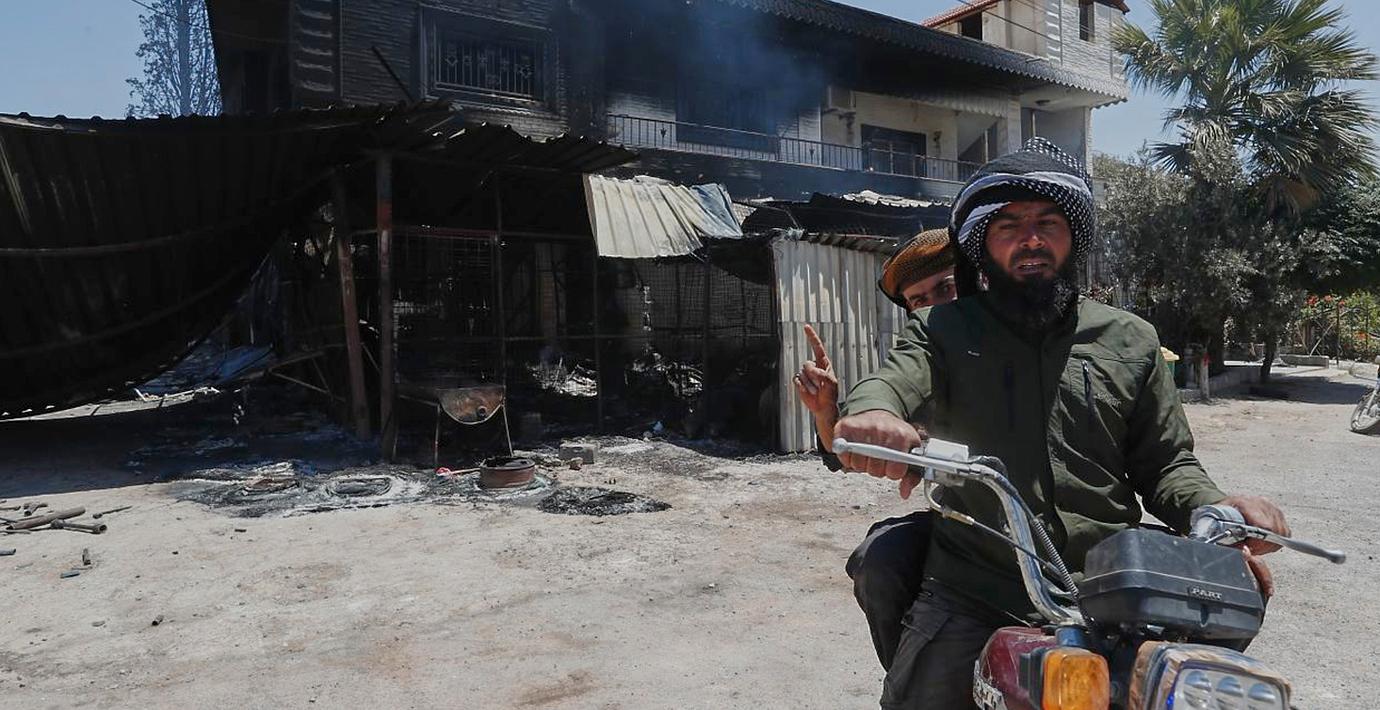
Druser lever i skräck: ”Enda jag kan göra är att be”
Druser i den syriska staden Sweida lever i skräck efter flera dagars våldsamma strider. Det berättar flera anhöriga till krigets offer för AP.
En kvinna som bor i Förenade Arabemiraten säger att hon under stridernas första dagar hade kontakt med sin familj. Hennes mamma, pappa och syster skickade flera videor som visade hur boende flydde när soldater bröt sig in i deras hem.
Kontakten med familjen bröts när de tog skydd i en källare, samtidigt försvann hennes pappa.
– Nu ber jag bara, det är det enda jag kan göra, sa hon till AP då.
Timmar senare, när nyhetsbyrån får kontakt med henne igen, berättar hon att hennes pappa skjutits ihjäl av en krypskytt.
Nu har bostäder i staden plundrats och gatorna fyllts av döda civila kroppar.
Striderna började förra söndagen mellan lokala Beduin-stammar och en drusisk milis. Syriska regeringsstyrkor ryckte ut till staden för att stävja våldet mellan parterna, men rapporter gör gällande att de även dödat flera civila druser.
Striderna i Sweida – detta har hänt
Strider mellan druser och beduiner bröt ut i Sweida i södra Syrien i mitten av juli, vilket ledde till hundratals döda.
Syriska regeringsstyrkor gick in i Sweida för att stävja våldet, men anklagades för att ha dödat civila druser och drog sig senare tillbaka.
Israel genomförde flyganfall mot syriska mål i Sweida och Damaskus, med hänvisning till skydd av den drusiska minoriteten.
Vapenvilor slöts flera gånger mellan parterna, men bröts snabbt och nya attacker rapporterades, särskilt mot beduinsamhällen.
Dödssiffran har stigit till över 600 enligt Syrian Observatory for Human Rights, och interimsstyret i Syrien anklagar druserna för nya våldsdåd efter vapenvilan.
